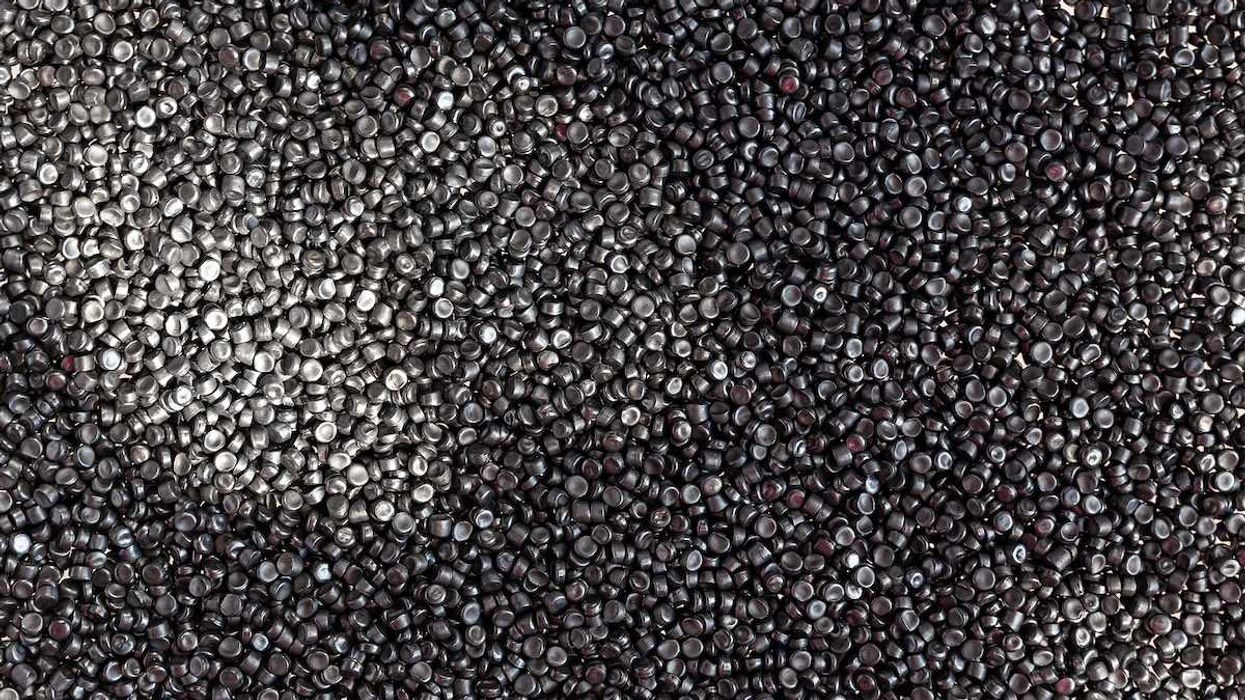The Anacostia River in Washington, D.C., once notorious for its pollution, is showing signs of recovery thanks to substantial infrastructure upgrades and community efforts.
Suman Naishadham reports for the Associated Press.
In short:
- A $3.29 billion sewer upgrade in D.C. has significantly reduced sewage overflows into the Anacostia River, improving water quality.
- Despite improvements, the Anacostia received a failing grade for its health last year, reflecting ongoing challenges with fecal bacteria and aquatic vegetation.
- Efforts by environmental nonprofits and local communities aim to restore the river, highlighting the intersection of environmental and racial justice.
Key quote:
“The trend line is moving up. Twenty-five years ago, it was one of the most polluted rivers in the country.”
— Chris Williams, director of the Anacostia Watershed Society
Why this matters:
Restoring the Anacostia River is crucial for public health and environmental justice, addressing decades of pollution that disproportionately affected communities of color. Improvements to the river's health reflect broader efforts to rectify environmental disparities and enhance urban ecosystems. Read more: The water is cleaner but the politics are messier: A look back at the Clean Water Act movement after 50 years.













